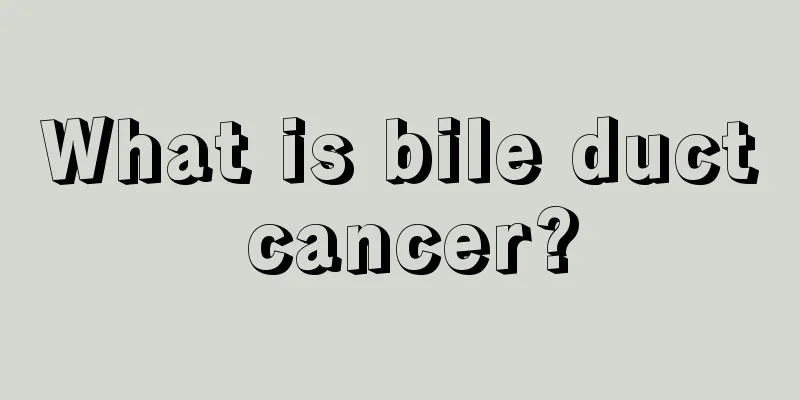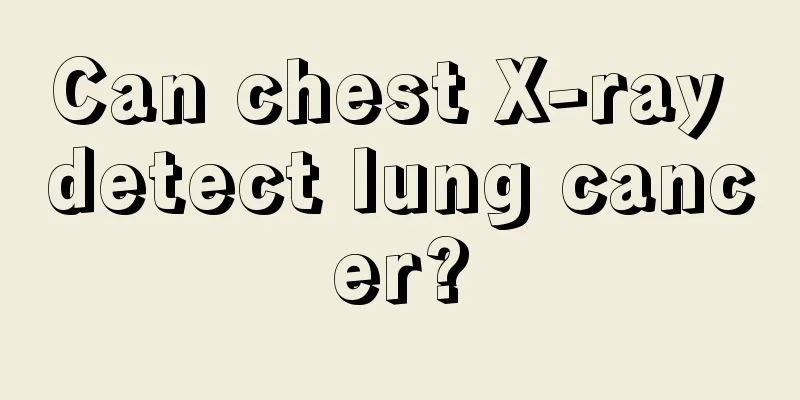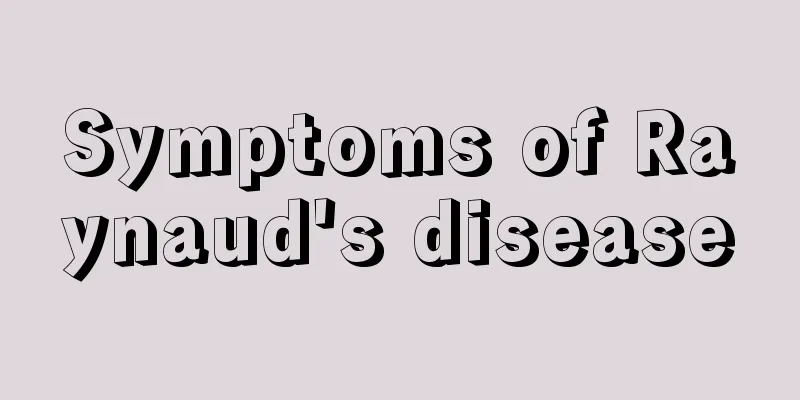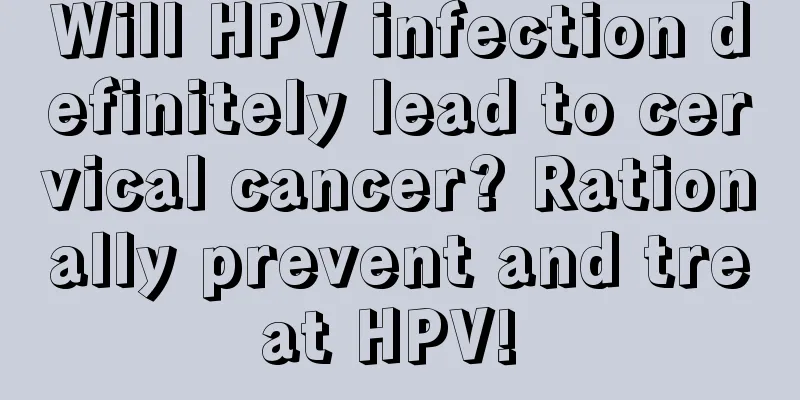What is bile duct cancer?

|
"Choledochocarcinoma" is rarely mentioned, and I believe that most people don't know much about it. Although it is called the "king of cancer", the disease is not common. Although the incidence rate has been on the rise recently, it is difficult to treat and has a low surgical cure rate. Currently, comprehensive surgical technology cannot achieve a cure. Therefore, it is very necessary for us to understand and prevent this disease. Let's take a closer look at what is cholangiocarcinoma. Cholangiocarcinoma refers to a malignant tumor of the extrahepatic bile duct that originates from the confluence of the left and right hepatic ducts to the lower end of the common bile duct. Cholangiocarcinoma can be divided into three types: hilar cholangiocarcinoma or upper cholangiocarcinoma, middle cholangiocarcinoma, and lower cholangiocarcinoma. The cause of bile duct cancer is still not very clear, and it may be related to diseases such as bile duct stones and primary sclerosing cholangitis. The clinical manifestations of bile duct cancer are introduced in detail below to help you understand the corresponding symptoms, so as to be alert to prevention or seek medical treatment in time: 1. Jaundice. Patients may experience jaundice, which is a persistent jaundice that gradually worsens, accompanied by itching and weight loss. A small number of patients without jaundice experience upper abdominal pain, sometimes accompanied by fever and abdominal mass. Other symptoms include loss of appetite, nausea, Vomiting, fatigue, and weight loss.2. Abnormal bowel movements: stools are grayish white and white clay in color, and urine is dark yellow, like strong tea. 3. Enlarged gallbladder. An enlarged gallbladder may be palpable in patients with middle and lower bile duct cancer, but Murphy's sign may be negative. The gallbladder is generally not enlarged in patients with hilar bile duct cancer. 4. Liver damage and decompensated liver function may cause ascites or edema of both lower limbs. Tumors invading or compressing the portal vein may cause portal hypertension. Late-stage patients may develop hepatorenal syndrome. 5. Biliary tract infection. Patients may have biliary tract infection. The most common bacteria are Escherichia coli, Streptococcus faecalis and anaerobic bacteria. Endoscopy and interventional radiological examinations can induce or aggravate biliary tract infection, causing right upper abdominal pain and chills. High fever, jaundice, and even shock.6. Bleeding from the bile duct. If the tumor ruptures, it can lead to upper gastrointestinal bleeding, black stools, positive occult blood in the stool, and anemia. Common knowledge about the treatment of bile duct cancer 1. Department of treatment: Oncology, Internal Oncology 2. Common examination items: pancreatic embryonic antigen, urobilinogen, laparotomy, sugar chain antigen, angiography, endoscopy, choledochoscopy, choledochography, CT examination, direct bilirubin 3. Clinically, surgical treatment, radiotherapy, chemotherapy and other methods can be used, but the prognosis is poor. It must be said that there are cases of bile duct cancer being cured by Chinese medicine. The Chinese medicine treatment for bile duct cancer includes: zero-toxic tumor suppression, disease-specific medication, and symptomatic addition and subtraction. Cholangiocarcinoma Prevention 1. Maintain a happy mental state, live a regular life, pay attention to the combination of work and rest, develop good eating habits, avoid spicy food, eat less greasy food, and do not drink strong alcohol. 2. For people over 40 years old, especially women, regular B-ultrasound examinations should be performed. If cholecystitis, gallstones or polyps are found, follow-up examinations should be conducted and treatment should be initiated as soon as possible if any changes are found in the condition. 3. Before actively treating cancerous lesions, eliminate the possible causes of cancer as early as possible. 4. The prevention of biliary tumors should focus on the early treatment of closely related diseases and precancerous lesions. Non-invasive B-ultrasound examination should be used as the basic means of screening for diseases in this series. Now we have some knowledge about bile duct cancer. I hope we can all take good care of our bodies, seek medical advice in time if we feel unwell, and avoid any trouble caused by the disease. |
<<: Does bile duct cancer affect pregnancy
>>: Can recurrence of bile duct cancer be treated with surgery?
Recommend
What are the preventive measures for prostate cancer
In the eyes of many prostate cancer patients, whe...
How to clean motor oil stains on clothes
Friends who work in environments such as garages ...
Simple description: Common symptoms of melanoma
In recent years, with the increasing severity of ...
Which small details of the body may be cancer
Nowadays, "cancer" has claimed so many ...
The difference between passion fruit and passion fruit
Passion fruit is produced in late July. It tastes...
What to eat in the late stage of lung cancer? You should pay attention to these in your lung cancer diet
The main cause of lung cancer is that patients do...
How to treat cerebral infarction caused by atrial fibrillation, four treatment methods
Atrial fibrillation not only makes the heart beat...
Can I eat sweet potatoes if I have stomach acid?
Patients with excessive gastric acid should be ex...
Does milk tea kill sperm? It depends
Milk tea is an essential drink in life and a favo...
Is swollen gums caused by inflammation?
Many people have experienced gum pain, which is e...
Treatment of common complications of stoma after colon cancer surgery
Colon cancer patients often experience some stoma...
Endometrial cancer recurred three years after surgery
Three years after surgical treatment of early end...
Press the calf muscle to make it concave
If the calf muscles sink when pressed, it may be ...
How to match the diet for late stage nasopharyngeal cancer
Patients with advanced nasopharyngeal tumors are ...
Can't people with thyroid cancer eat cruciferous vegetables?
Thyroid cancer patients should not eat cruciferou...









